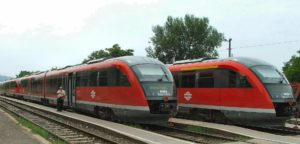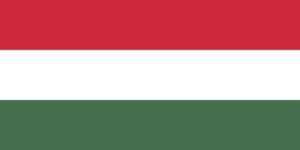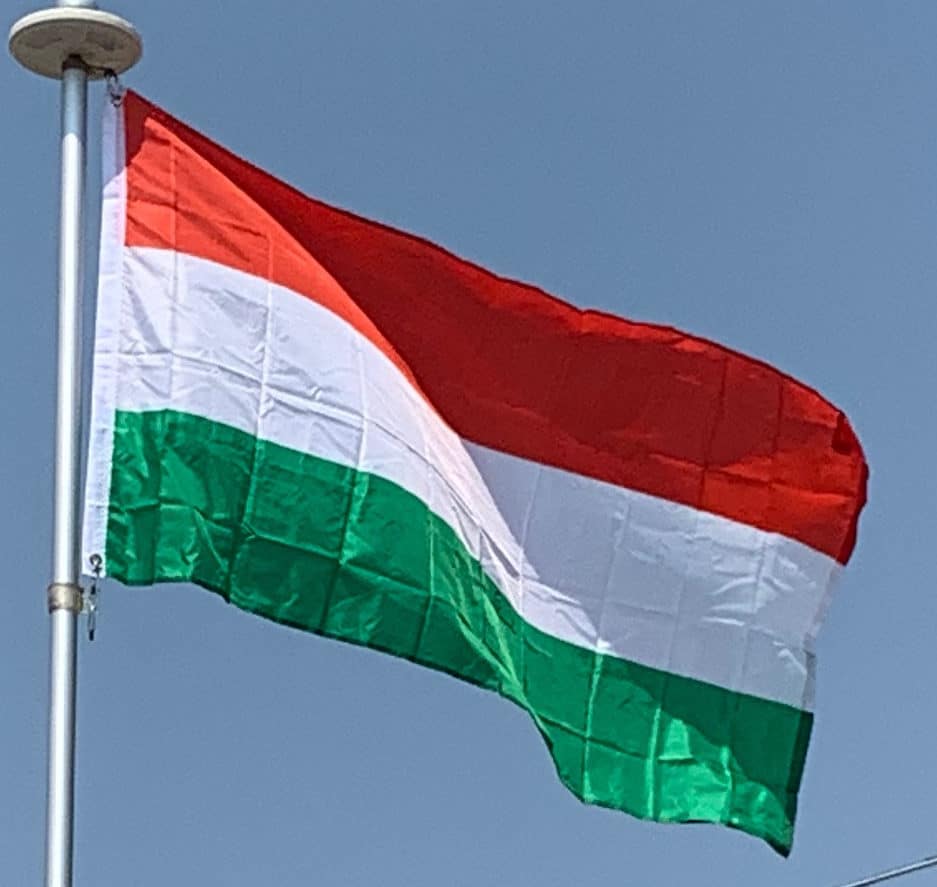Hungary maintains its own currency, the Hungarian forint (HUF), although the economy fulfills the Maastricht criteria with the exception of public debt, but it is also significantly below the EU average with the level of 75.3% in 2015.
Transportation:
Hungary has a highly developed road, railway, air and water transport system. Budapest, the capital, serves as an important hub for the Hungarian railway system (MÁV). The capital is served by three large train stations called Keleti (Eastern), Nyugati (Western), and Déli (Southern) pályaudvars. Szolnok is the most important railway hub outside Budapest, while Tiszai Railway Station in Miskolc and the main stations of Szombathely, Győr, Szeged, and Székesfehérvár are also key to the network.

Budapest, Debrecen, Miskolc, and Szeged have tram networks. The Budapest Metro is the second-oldest underground metro system in the world; its Line 1 dates from 1896. The system consists of four lines. A commuter rail system, HÉV, operates in the Budapest metropolitan area.
Hungary has a total length of approximately 1,314 km (816.48 mi) motorways (Hungarian: autópálya). Motorway sections are being added to the existing network, which already connects many major economically important cities to the capital.
The most important port is Budapest. Other important ones include Dunaújváros and Baja.

There are five international airports in Hungary: Budapest Liszt Ferenc (informally called “Ferihegy” after its previous name), Debrecen, Sármellék (also called Hévíz-Balaton Airport), Győr-Pér, and Pécs-Pogány. The national carrier, MALÉV, operated flights to over 60, mostly European cities, but ceased operations in 2012. Low-budget airline WizzAir is based in Hungary, at Ferihegy.
Flag of Hungary:
The flag of Hungary is a horizontal tricolor of red, white and green. In this exact form, it has been the official flag of Hungary since 23 May 1957. The flag’s form originates from national republican movements of the 18th and 19th centuries, while its colors are from the Middle Ages. The current Hungarian tricolor flag is the same as the republican movement flag of the United Kingdom (used since 1816) and the colors in that form were already used at least since the coronation of Leopold II in 1790, predating the first use of the Italian Tricolor in 1797.

The modern flag of Hungary originated from the national freedom movement from before 1848, which culminated in the Hungarian Revolution of 1848. The revolution was not only in opposition against the monarchy but also the Habsburg Empire, as well as to form an independent republic. Accordingly, the Hungarian flag features a tricolor element, which is based upon the French flag, as a reflection of the ideas of the French revolution; while red, white, and green are colors derived from the historical Hungarian coat of arms, which have essentially remained in the same form since the mid-15th century. The stripes are horizontal rather than vertical to prevent confusion with the Italian flag. Folklore of the romantic period attributed the colors to virtues: red for strength, white for faithfulness and green for hope. Alternatively, red for the blood spilled for the fatherland, white for freedom and green for the land, for the pastures of Hungary.
